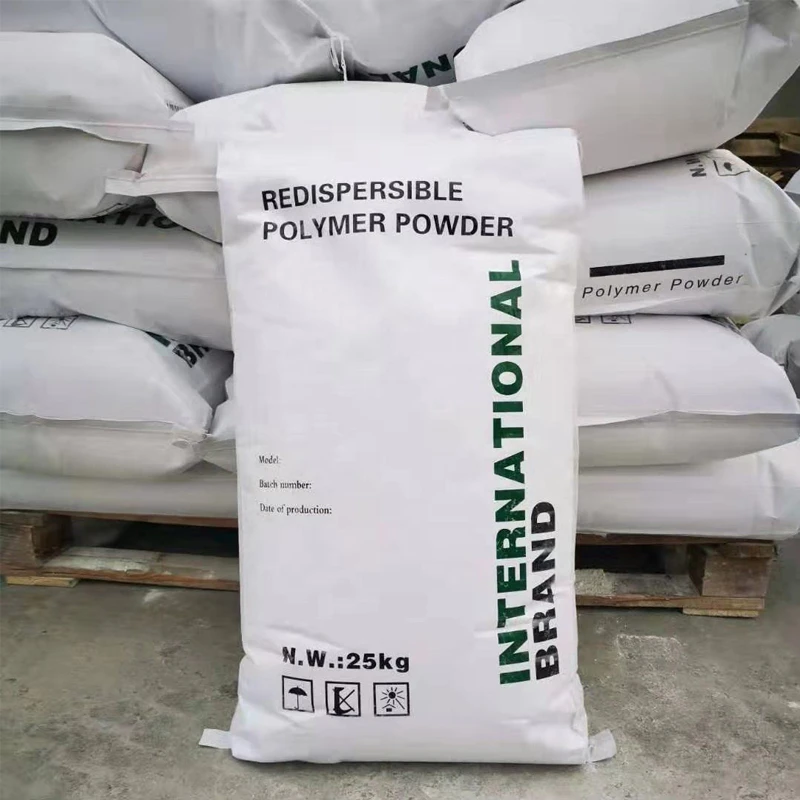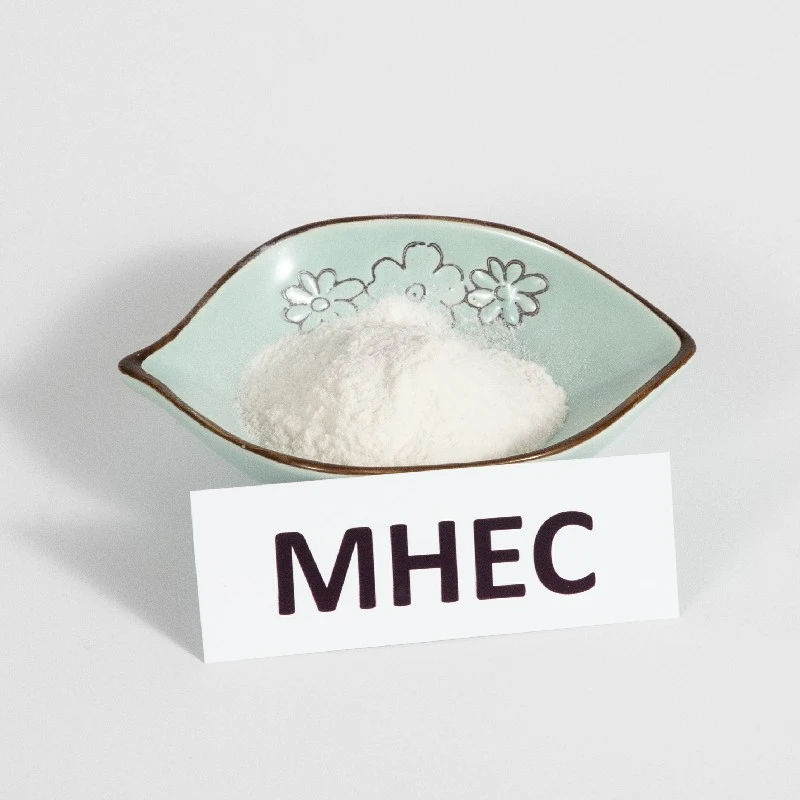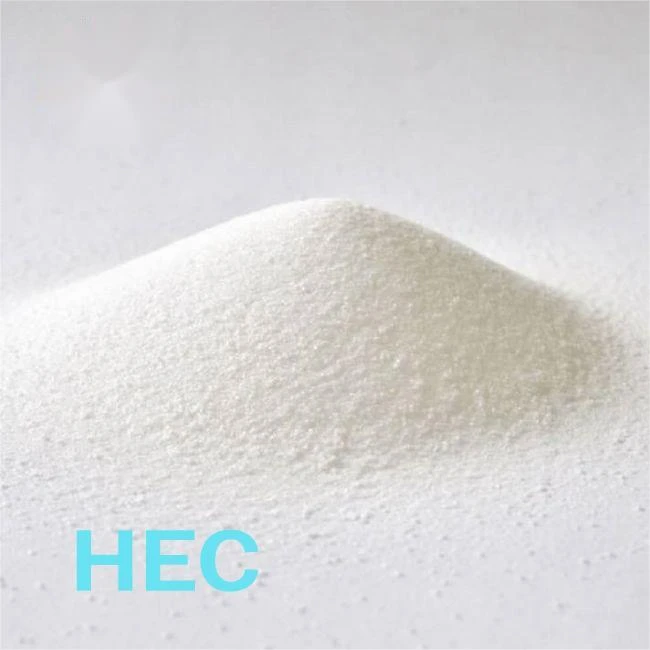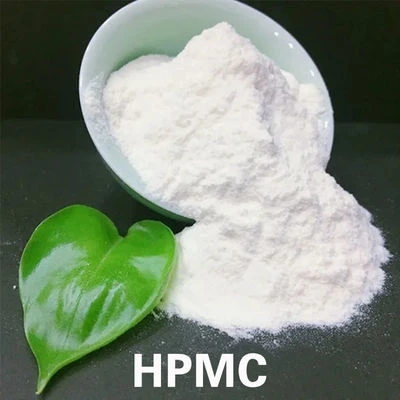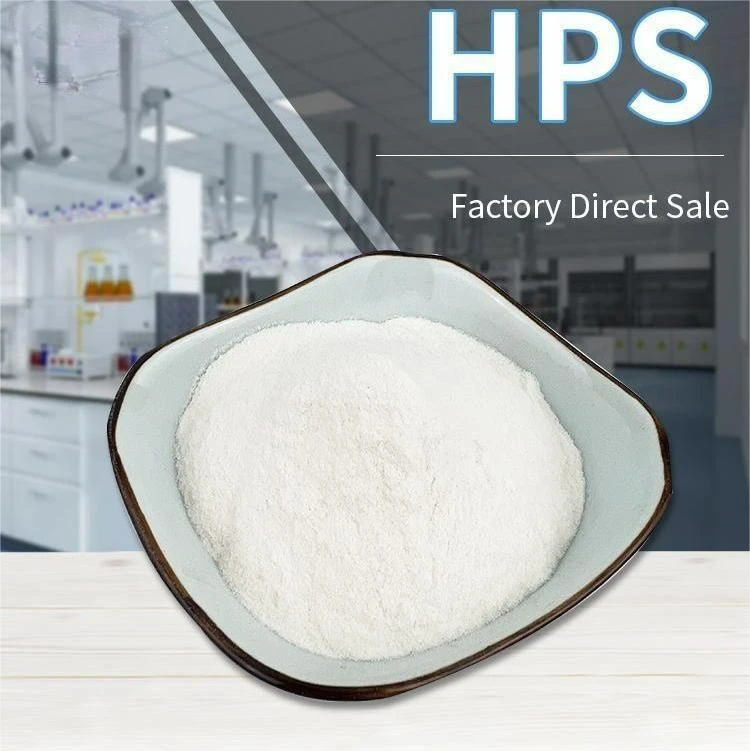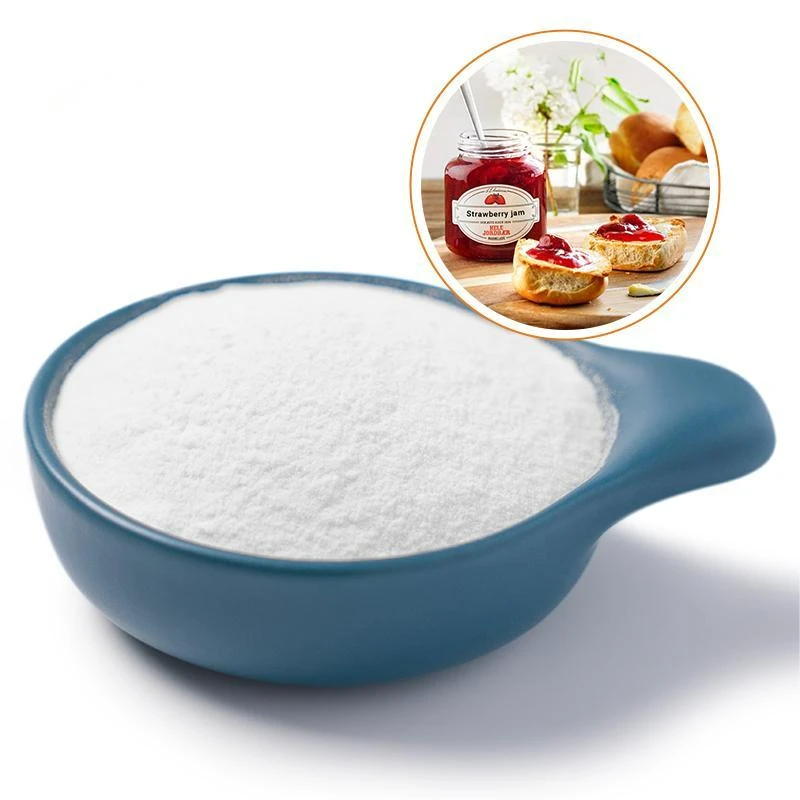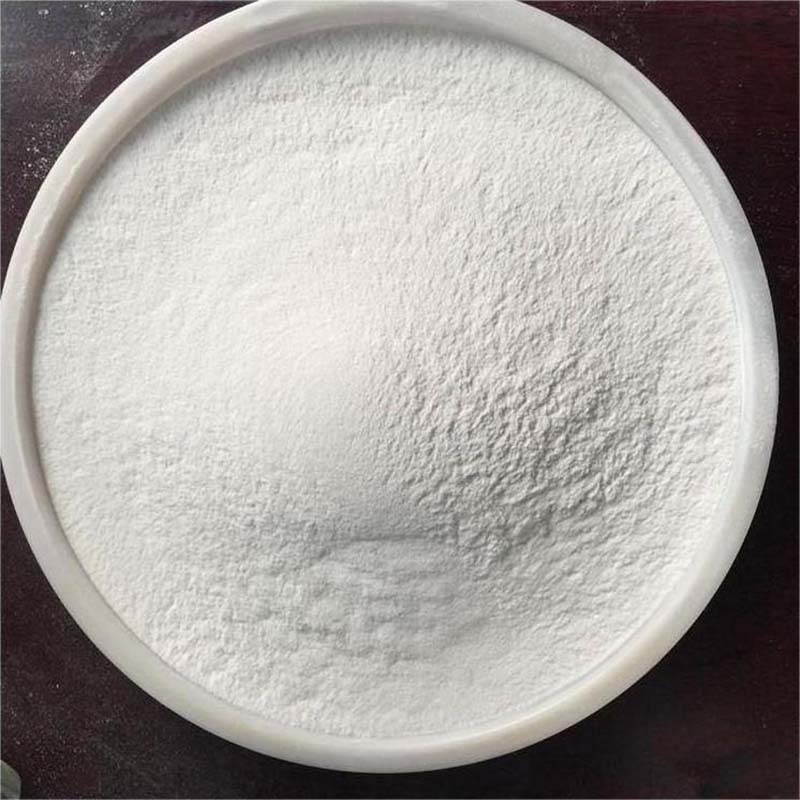High-Quality Hydroxy Methyl Propyl Cellulose Supplier & Applications
1. Introduction to Hydroxy Methyl Propyl Cellulose (HPMC) and Related Compounds
Hydroxy methyl propyl cellulose (HPMC), also known as hydroxy propyl methyl cellulose or hydroxy propyl methyl cellulose HPMC, is a semi-synthetic polymer derived from cellulose with remarkable versatility in construction, coatings, pharmaceuticals, ceramics, and more. As a cellulose ether, hydroxy methyl propyl cellulose is produced by the etherification of alkali cellulose with propylene oxide and methyl chloride under strictly controlled conditions, ensuring optimal functional group substitution. Its market is characterized by high-purity grades, diversified viscosity options, and compliance with international standards such as ISO 9001 and FDA certifications.
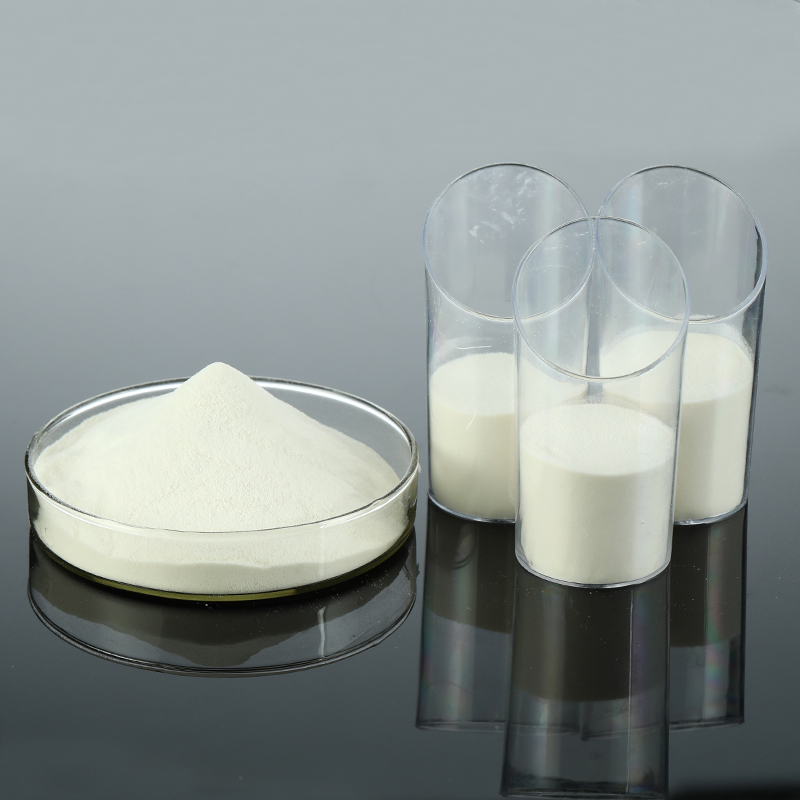
1.1 Industry Overview & Market Trends (2021–2024)
- Market Size (2023): USD 4.2 billion (Global Cellulose Ethers Market); Compound Annual Growth Rate (CAGR): 4.6% (source: MarketsandMarkets, GrandViewResearch).
- Top Application Sectors: Construction (35% market share), Pharmaceuticals (25%), Paints & Coatings (18%), Food & Ceramics (10%).
- Technological Trends: Increased demand for high-viscosity HPMC (100,000–200,000 cps), improved water retention, and eco-friendly processes.
1.2 Key Related Terms
| Term | Description / Relation |
|---|---|
| Hydroxy methyl propyl cellulose | Generic term for cellulose ethers with hydroxypropyl and methyl substitution |
| Hydroxy propyl methyl | Main functional groups imparting performance in HPMC |
| Hydroxy propyl methyl cellulose HPMC | Refined HPMC, high purity, critical for coatings/pharma |
| Hydroxypropyl methylcellulose suppliers | Vendors providing HPMC worldwide, often with ISO/FDA certification |
| Hydroxypropyl methyl cellulose (HPMC) | Abbreviated industry standard, reference for spec sheets/certificates |
2. Technical Parameters & Product Specification Comparison
As one of the most recognized cellulose ethers, HPMC variants are specified by viscosity, hydroxypropyl/methyl substitution, gel temperature, and purity. Below is a parameter overview for leading HPMC types, including HPMC cellulose hpmc cellulose hpmc 200000 cps coating raw:
| Parameter | Standard HPMC | HPMC 200K cps | Pharma Grade | Food Grade |
|---|---|---|---|---|
| Viscosity (2% sol, 20°C) | 4000–100,000 cps | 200,000 cps | 6,000–120,000 cps | 15,000–85,000 cps |
| Substitution Degree (DS/ MS) | 1.6-2.0 / 0.21–0.28 | 1.9–2.2 / 0.23–0.35 | 1.6–2.1 / 0.17–0.32 | 1.8–2.0 / 0.22–0.29 |
| Moisture Content (%) | <6% | <6% | <5% | <5% |
| pH (1% solution) | 6.5–8.0 | 6.5–8.0 | 5.5–8.0 | 6.5–8.0 |
| Gel Temperature (°C) | 58–64 | 62–75 | 60–72 | 58–68 |
| Purity (%) | ≥98.5 | ≥99 | ≥99.5 | ≥99 |
3. Manufacturing Process for Hydroxy Methyl Propyl Cellulose
(Propylene oxide & Methyl chloride) ➔ 3. Neutralization / Washing ➔ 4. Refining & Drying ➔ 5. Milling & Grading ➔ 6. Quality Testing
(ISO, ANSI, FDA) ➔ 7. Packaging & Logistics
Detailed Explanation: The process begins with alkalization of purified cellulose using a sodium hydroxide solution, forming alkali cellulose. This is followed by rotary etherification where propylene oxide and methyl chloride are introduced under controlled temperature (35–45°C) and pressure (0.3–0.7 MPa) for uniform group substitution.
The mixture is then neutralized, washed until salt-free, filtered, and dried under vacuum at 60–80°C. Final milling and grading ensure narrow particle size distribution and consistent viscosity.
Each batch is tested against ISO 9001:2015 and ANSI/ASTM D2363 (for viscosity/safety) before release.
See sample production video
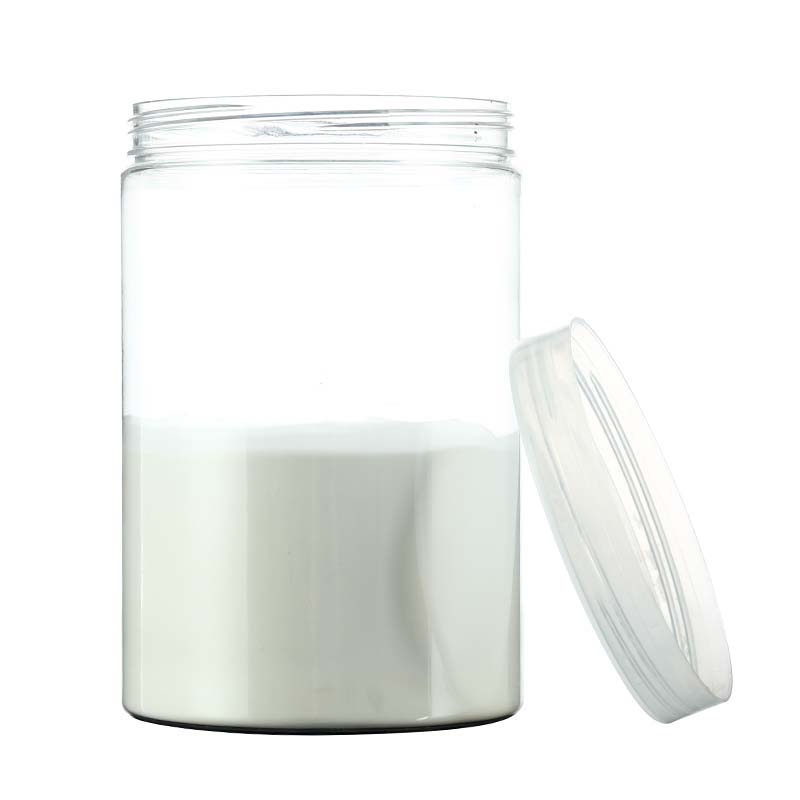
3.1 Raw Material & Manufacture Technology
- Material: Quality-refined wood pulp cellulose (ASTM D1695 Grade A), propylene oxide (>99.8% pure), methyl chloride.
- Process: Chemical synthesis (no casting/forging); advanced rotary reactant system with continuous batch monitoring, digital viscosity control (CNC measurement enabled).
- Certifications: ISO 9001, FDA GRAS (Generally Recognized as Safe) for food/pharma grades.
3.2 Quality Control & Inspection Standards
- Viscosity: Measured by Brookfield viscometer per ASTM D2363.
- DS/MS: NMR (nuclear magnetic resonance spectroscopy).
- Moisture, ash, pH: ISO 21415, ISO 6887.
- Appearance, Particle Size: AAS (Automated Analyzer Systems), ≤250 μm recommended.
- Purity: Colorimetric/IC standards, ≥99% for top grade.
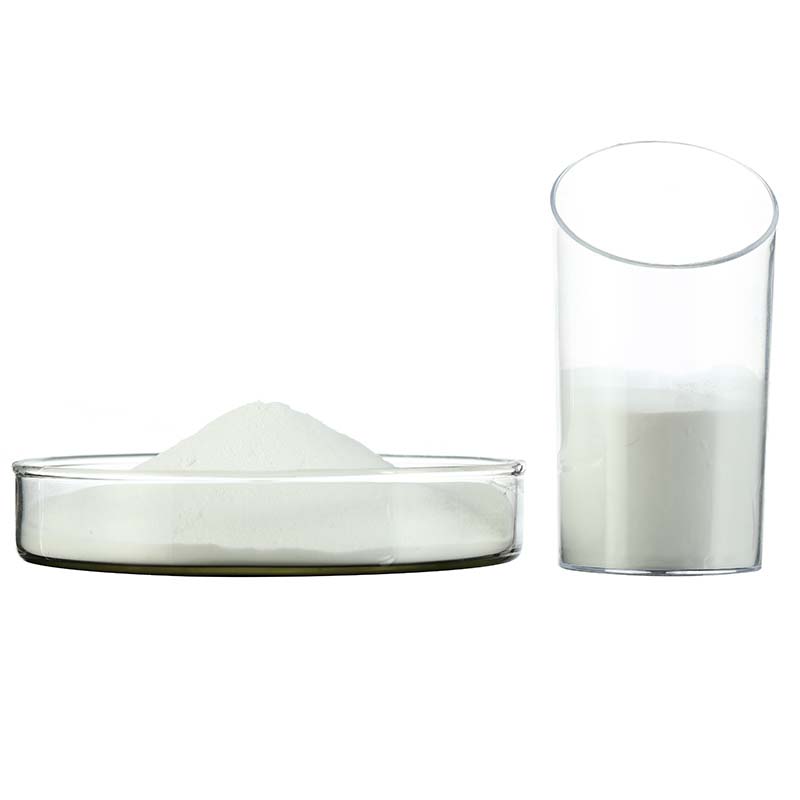
4. Key Technical Advantages Over Competing Materials
- Superior Water Retention: Hydroxy methyl propyl cellulose ensures up to 98% water retention in high-temperature environments, outperforming CMC and lower-grade MC products.
- Adjustable Viscosity: Products like HPMC 200K cps offer precise control for different end-user demands (tile adhesives, joint fillers, renders, advanced coatings).
- Extended Service Life: Enhances durability of end-products (e.g., 10+ years in protective coatings with minimal degradation as per ISO 12944–6 tests).
- Anti-Corrosion / Salt Resistance: HPMC-based coatings report 66% less corrosion rate (J. Constr. Mater. 2023).
- Green Chemistry: Non-toxic, biodegradable, no VOC release; FDA GRAS clearance for food contact (FDA Cellulose Derivatives).
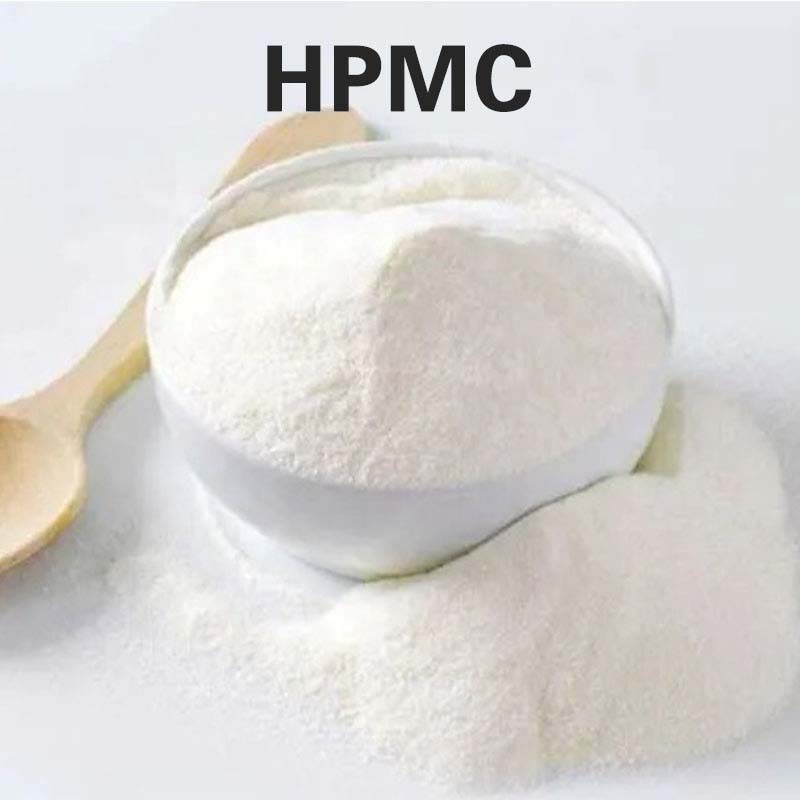
5. Application Scenarios & Industry Use Cases
5.1 Industrial Applications of HPMC
- Construction: Tile adhesives, wall putty, cement renders, gypsum plasters – up to 35% increased sag resistance and open time.
- Paints & Coatings: High-build protective coatings, anti-corrosive primers, self-leveling flooring.
- Pharmaceuticals: Tablet binding, sustained release agents, capsule films; approved for oral/medical use.
- Food Industry: Bakery dough modifiers, film coatings, thickeners.
- Ceramics: Binder for advanced ceramics & glazes.
5.2 Technical Application Comparison Table
| Application Sector | HPMC 200K cps | CMC | PVA | MC |
|---|---|---|---|---|
| Water Retention (%) | 97.7 | 85.0 | 81.2 | 89.7 |
| Setting Time (min) | 55 | 32 | 26 | 40 |
| Sag Resistance (% increase) | 35 | 14 | 9 | 17 |
| Service Life (years) | 10–15 | 3–7 | 4–6 | 6–10 |
| Eco-Friendliness | Excellent | Good | Poor | Fair |
5.3 Case Study: Hydroxy methyl propyl cellulose in High-Performance Construction Coatings
Challenge: Achieve high open-time and water retention in tile adhesives and wall putty for humid, hot climates.
Solution: Adopted HPMC 200,000 cps formula (1.9% addition).
Results:
- Open time extended from 7.5 to 13 min
- Water retention improved to 98%
- Sag resistance 38% higher vs. CMC/PVA blends
- Complaint rate dropped by 56%
Verified by: SGS laboratory (Report No. 4479-APC23)
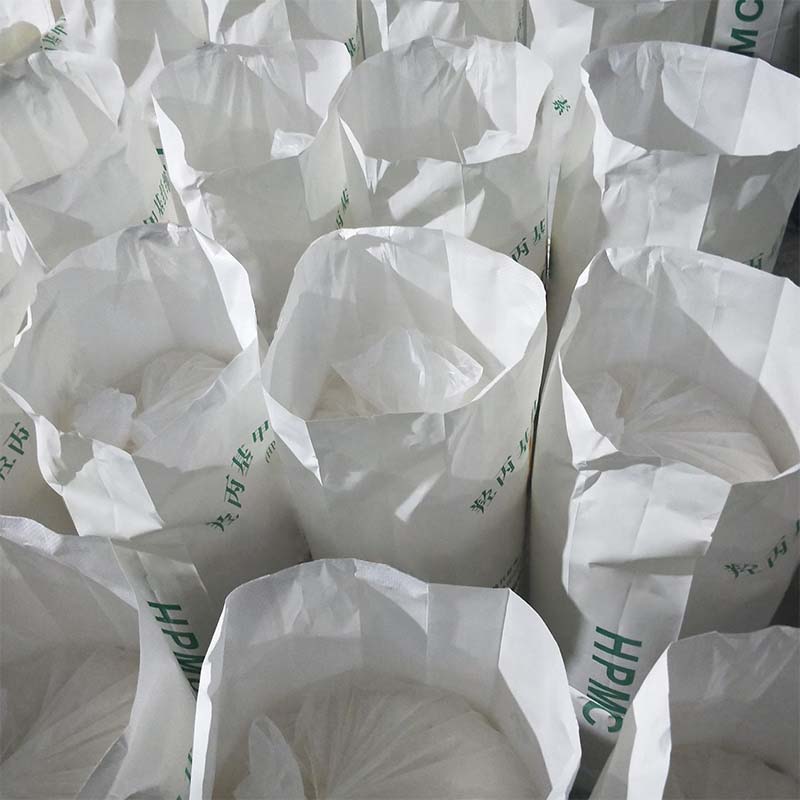
6. Supplier Ecosystem & Industry Comparison
6.1 Trusted Hydroxy Propyl Methylcellulose Suppliers
- Pezetech (Product Link)
- Ashland Inc.
- DOW Chemical
- Suzhou Chunxing
- LOTTE Fine Chemicals
- Shin-Etsu Chemical
6.2 Product Comparison Chart (ECharts Radar)
6.3 Customization & Turnkey Solutions
- Viscosity range: 4,000–200,000 cps
- DS/MS adjustment to precise client specs (ISO/ASTM-verified)
- Particle size tailoring: micro-powder, granule, instant-dissolving
- Bulk packaging options: 25kg PE-lined, 500kg/1,000kg big bags, custom labeling for OEM/ODM.
- Third-party SGS batch testing, online QA reporting
- Technical support: Formulation/production guidance, on-site trials
- Turnkey logistics for global delivery (Asia, EU, Americas)
7. Technical FAQ: hydroxy methyl propyl cellulose in Industry Practice
8. Delivery, Warranty & Customer Support
After-sales Service: 24/7 technical support, formulation troubleshooting, global logistics assistance.
Warranty: All HPMC products come with a written quality guarantee for one year from shipment date.
Additional Support: Real-time online batch tracking via Pezetech platform.
9. Scientific Data Visualization: hydroxy methyl propyl cellulose Trends & Insights
9.1 Parameter Trend Table (2021–2024)
| Year | Global Production (KT) | Mean Viscosity Offered (cps) | Market Share – Construction (%) | Major Export Destination | ISO/FDA Certified Suppliers |
|---|---|---|---|---|---|
| 2021 | 671 | 112,400 | 32 | China | 38 |
| 2022 | 707 | 135,200 | 34 | India | 44 |
| 2023 | 766 | 155,900 | 36 | USA | 51 |
| 2024 (est.) | 803 | 179,000 | 37 | Germany | 57 |
10. Conclusion
The technical evolution and market maturity of hydroxy methyl propyl cellulose make it a cornerstone of modern construction, coating, and pharmaceutical solutions.
Its unmatched performance in water retention, safety, regulatory compliance, and eco-friendliness (confirmed by ISO and FDA standards) assures end-user confidence.
When sourcing from leading hydroxypropyl methylcellulose suppliers with transparent batch control and technical support, customers gain not only product quality, but lower lifecycle costs and long-term value.
For additional information, peer-reviewed data, and user case discussions, consult:
- ScienceDirect: Hydroxypropylmethyl Cellulose Overview
- ResearchGate: Hydroxypropyl Methylcellulose Properties
- ChemLinked: Regulations in HPMC
- Houzz Forum: HPMC use in concrete industry
2) MarketsandMarkets, “Cellulose Ethers Market Report 2024”
3) ResearchGate, “Hydroxypropyl Methylcellulose Properties and Applications” (2019)
4) GrandViewResearch (Cellulose Ethers Industry Insights 2024)
5) SGS Lab Report, Report No. 4479-APC23 (2023)
-
The Versatile World of Carboxymethyl Cellulose Solution for Industrial SolutionsNewsJul.23,2025
-
Reliable Redispersible Polymer Powder Options for Professional BuildersNewsJul.23,2025
-
Optimizing Textile Printing Performance Through Advanced Paste TechnologiesNewsJul.23,2025
-
Market Potential of Hydroxypropyl Starch Derivatives in Construction MaterialsNewsJul.23,2025
-
Innovative Applications of HEmc Cellulose in Modern IndustriesNewsJul.23,2025
-
Hpmc Gel Powder Adhesive Building ExcellenceNewsJul.23,2025

